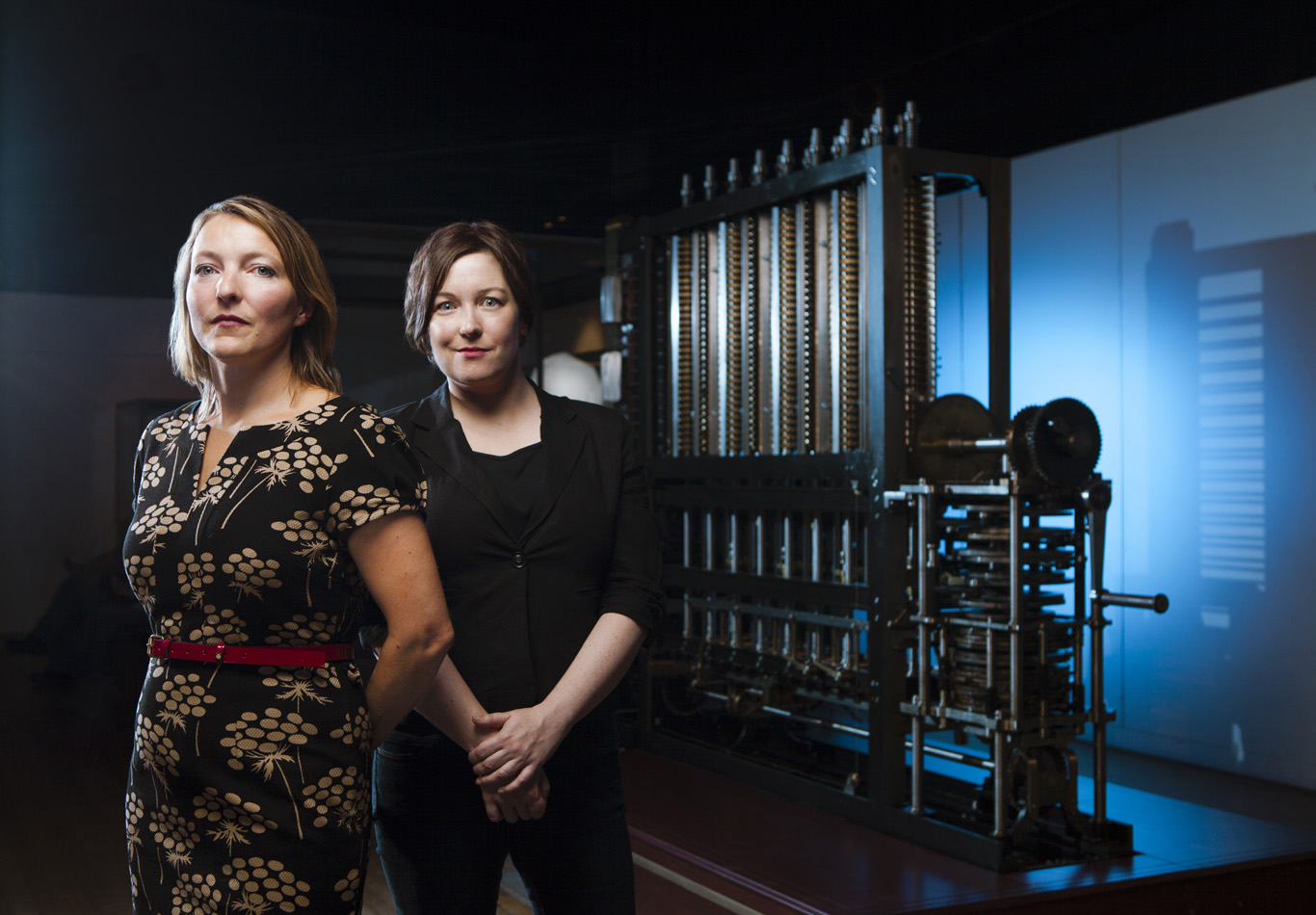
What do you see when you picture a scientist? Too often, it’s a man with crazy white hair. At the Science Museum this evening, ScienceGrrl is launching a calendar to change this.

What do you see when you picture a scientist? Too often, it’s a man with crazy white hair. At the Science Museum this evening, ScienceGrrl is launching a calendar to change this.
This post was written by Emily Yates, object conservator at Blythe House As a conservator, it is always fun to work on weird objects, even the gory ones! This beautiful, if macabre, wax model will be on shown in the exhibition Doctors, Dissection and Resurrection Men at the Museum of London, running 19 October 2012 until 14 April 2013. To get her looking her best before going on show I had to remove the layers of dust and dirt that had built […]
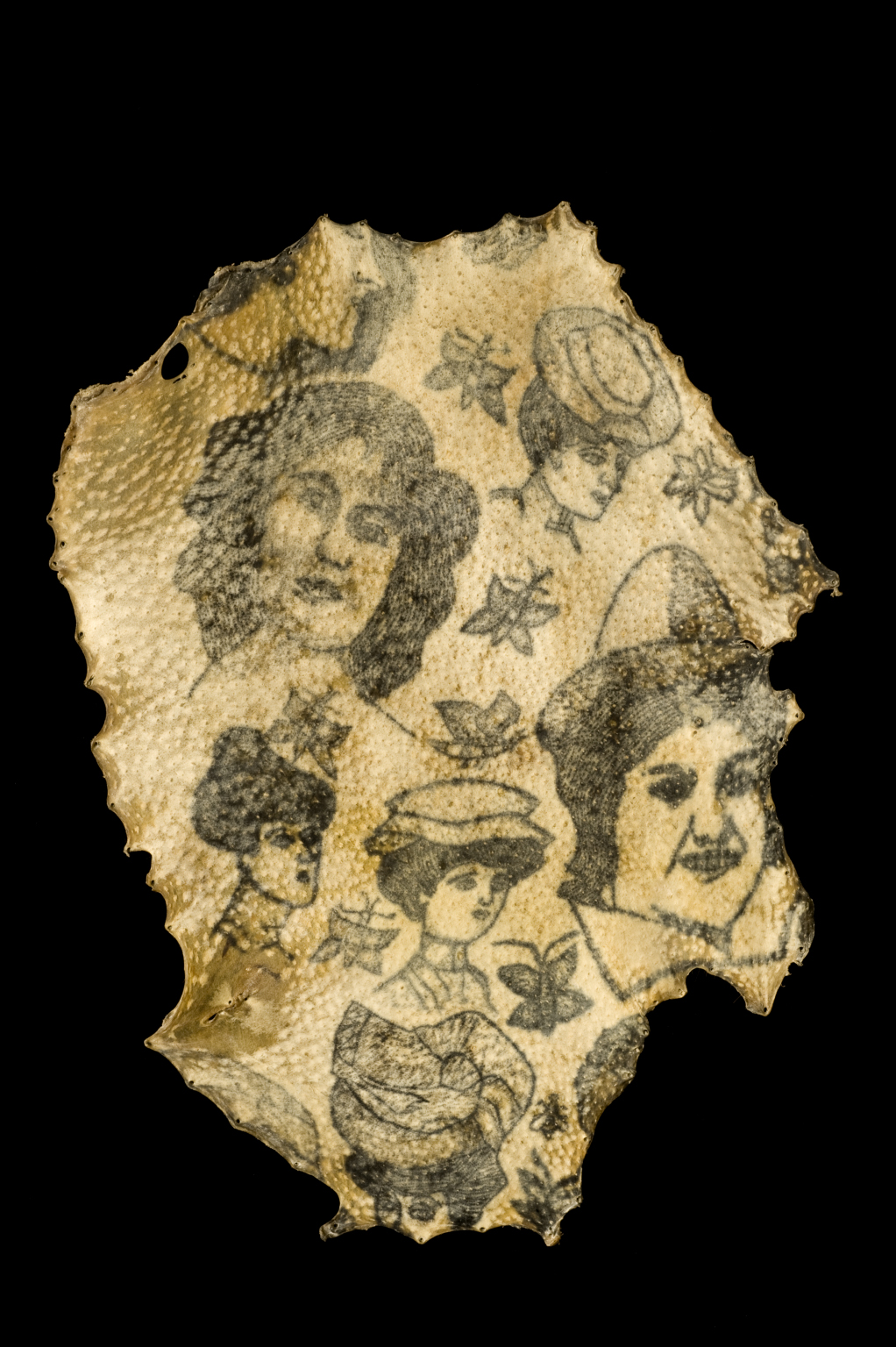
People ask, with some justification, what a writer-in-residence actually does. Mick Jackson, our writer-in-residence answers those questions.
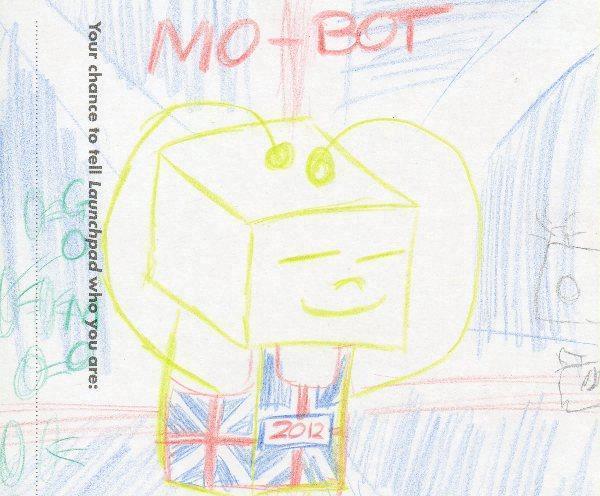
A selection of London 2012-inspired drawings by our visitors in Launchpad
Guest blog post from Robert Sommerlad, a musician and Science Museum research assistant. One of the museum’s many wonderful volunteers recently took a trip to Brighton in order to find out more about an object featured in our Oramics to Electronica: Revealing Histories of Electronic Music exhibition. In an exhibition filled with many bizarre objects and unlikely musical instruments, the circuit bent Speak & Spell toy is certainly one of the most unusual and interesting items. This brightly coloured jumble of knobs, switches and buttons was […]
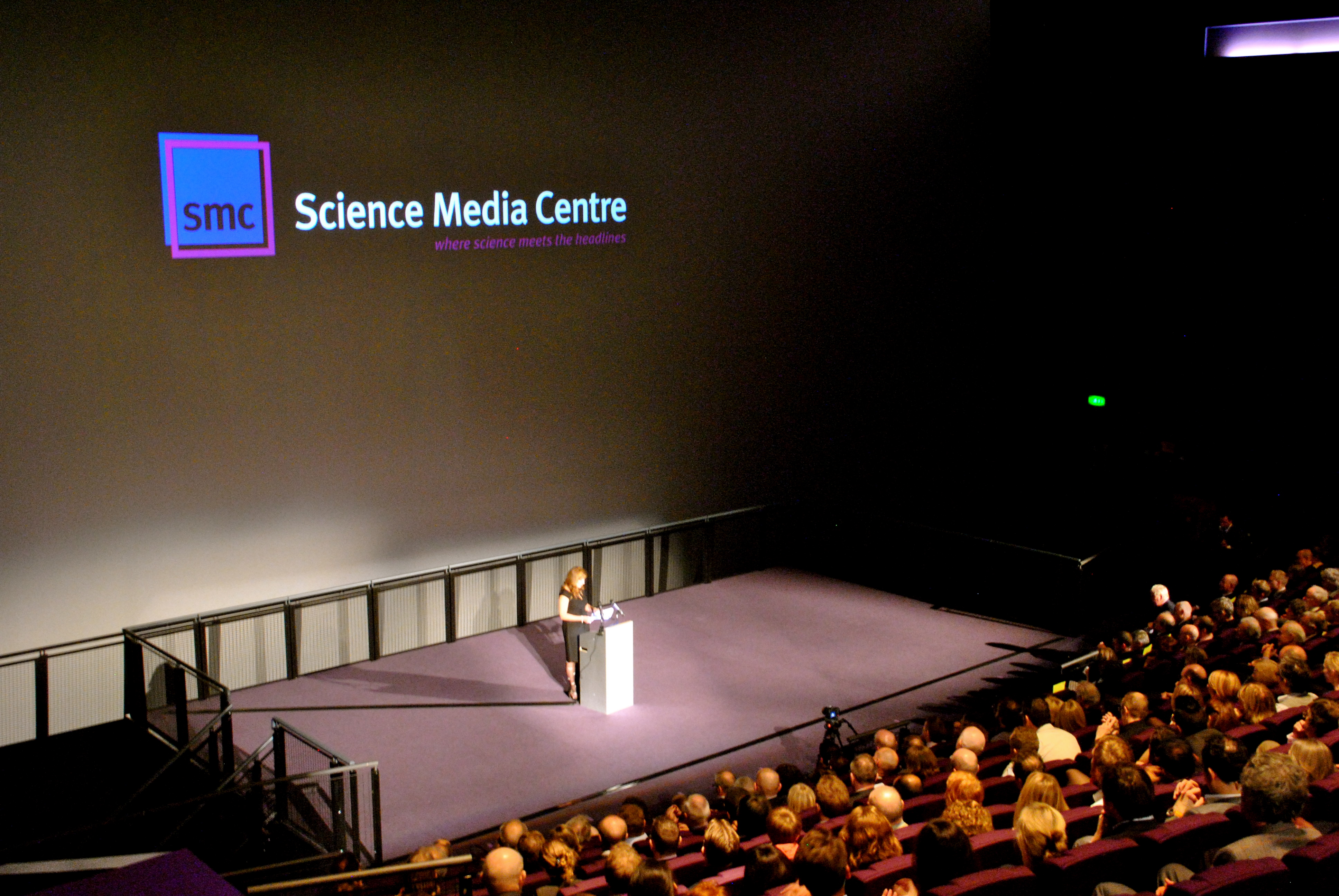
Earlier this week we celebrated the 10th Anniversary of the Science Media Centre (SMC) here at the Science Museum.
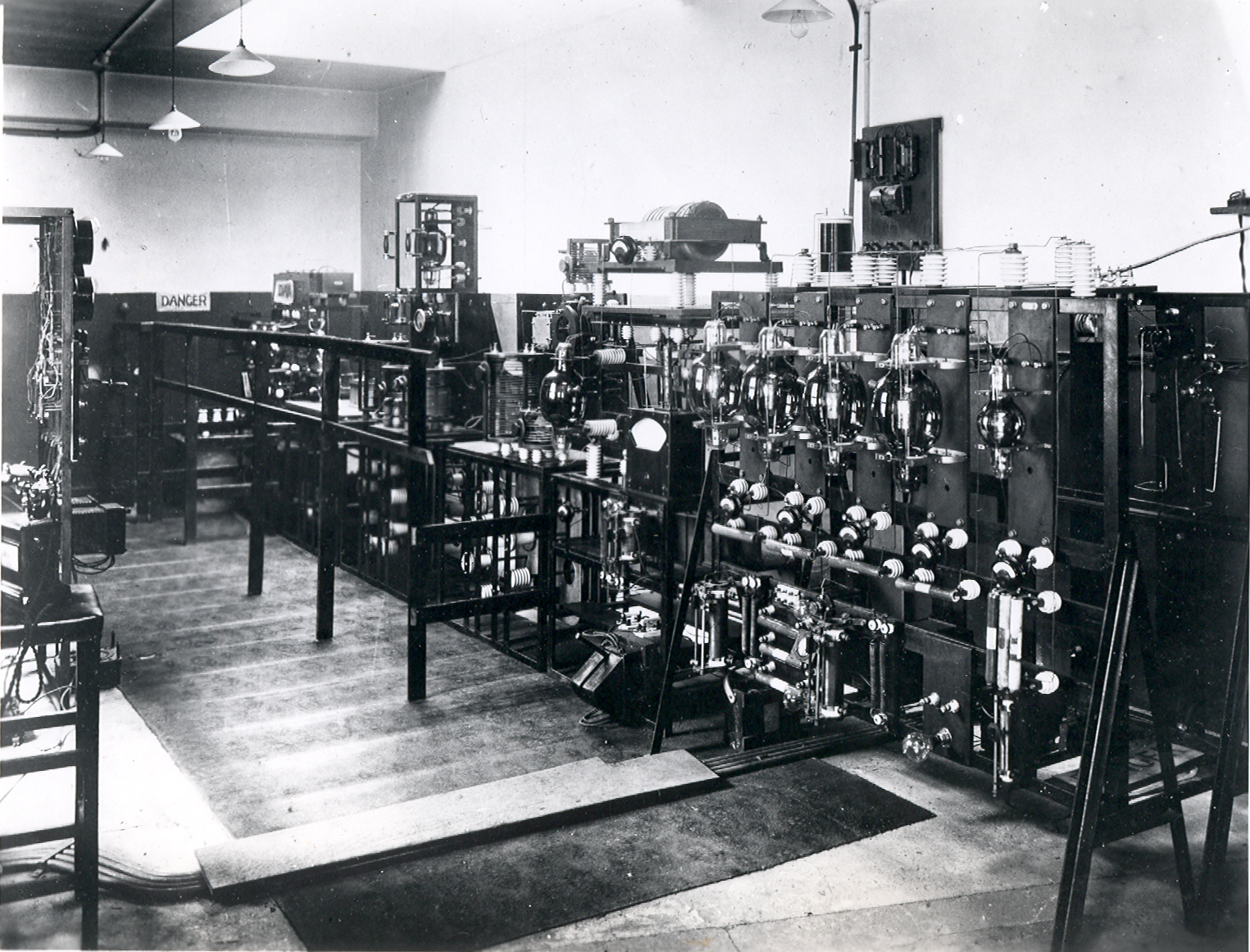
Tim Boon on the launch of the new Research and Public History Department
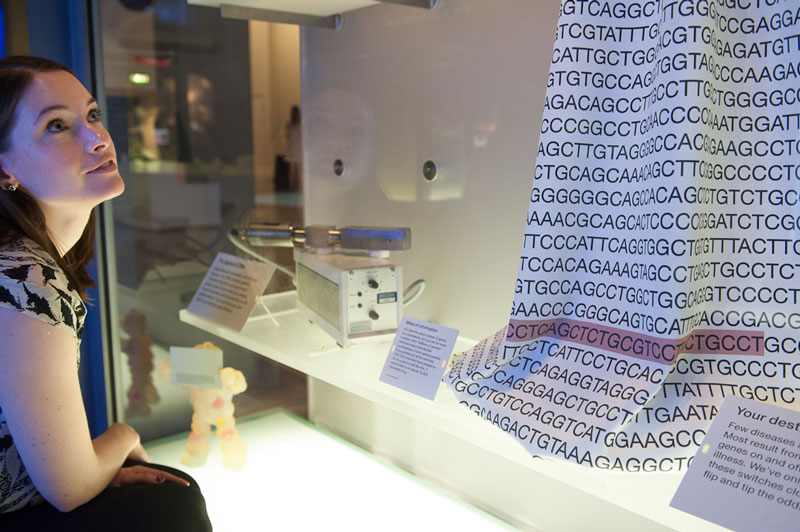
“If science is to inspire, engage and thrive, it needs its heroes more than ever.” This was the key message from Dr. Roger Highfield, our Director of External Affairs, and this year’s recipient of the Wilkins-Bernal-Medawar Medal, at his Royal Society lecture ‘Heroes of Science’ earlier this week.
This post was written by Tara Knights, a work placement student with the Research & Public History department from Sussex University’s MA Art History and Museum Curating. The Science Museum’s collections embody stories about the people that created, used or manufactured them. By looking closely at our objects, we can unpack a wealth of information about them. Preserved in leather and aluminium casing, these gramophone records have on them lectures by three leading scientists of the 20thcentury: Archibald Vivian Hill […]

Journalist Annalisa Barbieri and other experts will be on hand at our ‘Green Babies’ workshop this Thursday to answer questions from new and expectant parents about how to reduce your baby’s carbon footprint and environmental impact.
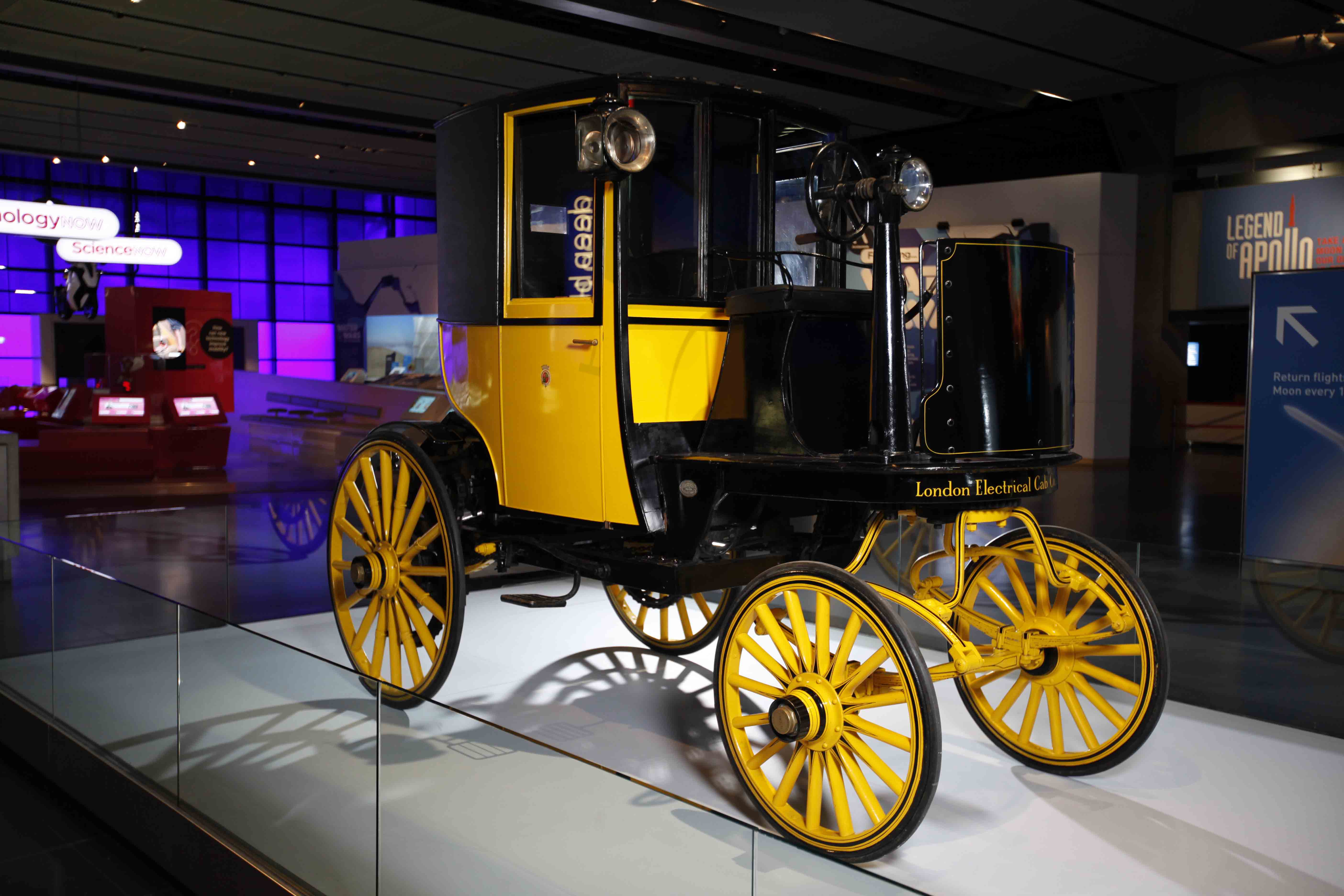
The Science Museum’s Dana Centre hosted a screening of Revenge of the Electric Car, with the Director and an EV expert taking questions from the audience.
One bottle is a killer. The other is entirely safe. They’re identical in every other way – indeed from the same manufacturing batch. This new acquisition was donated by Professor Barry Cookson, former Director of the Laboratory of Healthcare Associated Infection, HPA. But what happened to make one so deadly and the other not? These bottles of dextrose are sad reminders of the life and death hunt for 500 similar bottles in March 1972. Five patients died at the Devonport Hospital […]